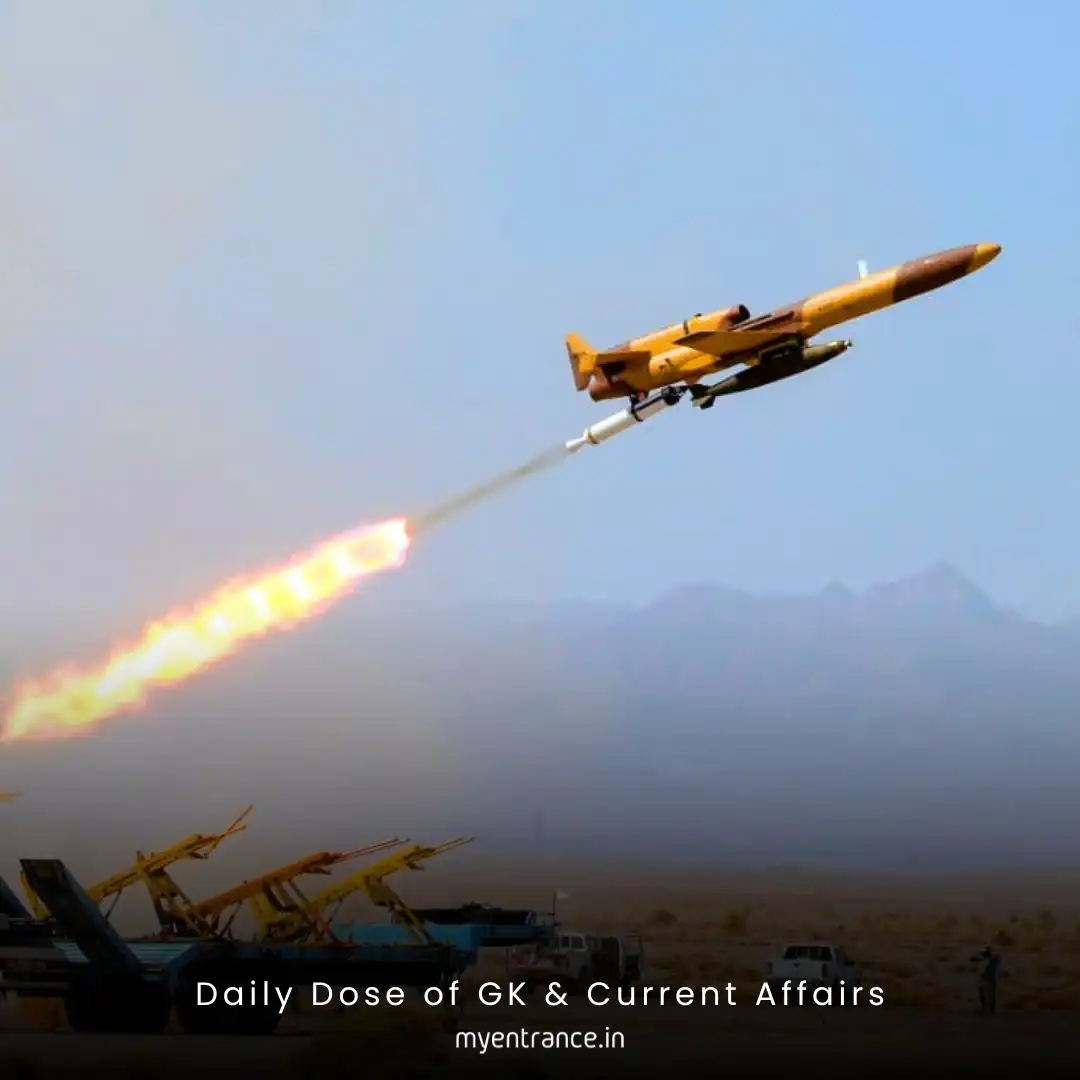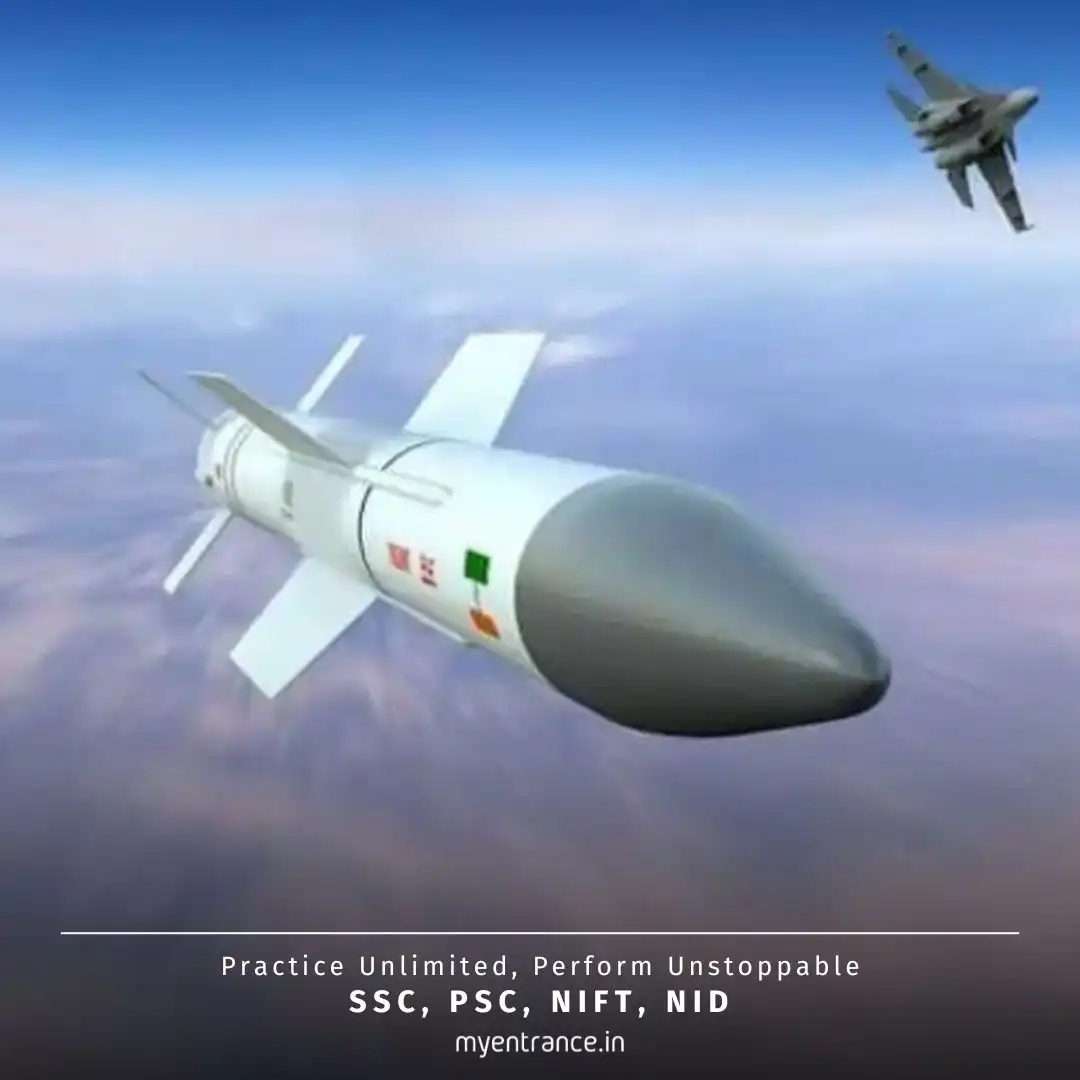Translate Language
Future Warfare: Are Satellites and Drones Making Traditional Military Power Obsolete?
The nature of warfare is undergoing a radical, technology-driven transformation. As conflicts evolve from boots on the ground to AI-driven, networked battles, understanding this shift is vital. This analysis delves into expert perspectives on why traditional military assets might be becoming obsolete and what India must prioritize to secure its future defence, a key topic for competitive exams covering security and current affairs.

Remember knights in shining armour? Then came gunpowder. Then machine guns, then fighter planes, then nukes. Each invention shattered old ways of fighting. Today, experts believe we’re on the brink of another seismic shift in warfare, driven by drones, satellites, and artificial intelligence. This isn’t science fiction; it’s the emerging reality of conflict, demanding a fundamental rethink of defence strategies globally, including India’s.
So, what’s changing? Let’s break down some key arguments:
The High Cost & Vulnerability of Traditional Systems:
Fighter Jets as “Flying Ducks”? Experts argue that multi-million dollar fighter aircraft are becoming increasingly vulnerable. Sophisticated radar and missile systems, potentially launched from enemy territory far away, can target them even within their own airspace. The rise of incredibly capable, low-cost drones (some costing a fraction of a single missile!) offers a potentially more effective and economical alternative for many missions. Unmanned Aerial Vehicles (UAVs) can be scaled to carry significant payloads, conduct surveillance, and execute strikes without risking pilots. For heavy, long-range precision strikes, advanced missiles like India’s Agni series are seen as more efficient and survivable. Even stealth technology, designed to make planes invisible to radar, faces an uncertain future as detection methods (like advanced satellite observation) rapidly evolve.
Aircraft Carriers: “Sitting Ducks”? These massive, symbolic pillars of naval power require enormous protective fleets (destroyers, submarines, aircraft) – a huge resource investment. Critics point out they are highly vulnerable to new threats: swarms of drones overwhelming defences, or advanced torpedoes and missiles. Protecting them is a constant, resource-intensive challenge.
Tanks: Immobilized Giants? Modern battle tanks are incredibly expensive and, according to this view, increasingly susceptible to relatively cheap countermeasures. Drones can target their tracks or weak points, while specialized shells can penetrate even advanced armour. The argument is that more agile, cost-effective systems could replace them for many battlefield roles.
The Rise of the New Dominators:
Satellites & UAVs Take Command: Future conflicts are predicted to be heavily driven by networks of satellites and UAVs. Satellites provide constant, global surveillance and communication. UAVs (drones), ranging from small surveillance models to large armed platforms, offer persistent eyes in the sky and precision strike capabilities. Crucially, these systems are central to the concept of “network-centric warfare,” where information flows rapidly, enabling faster, more coordinated decisions.
Missiles & Precision Firepower: Long-range, highly accurate missiles (ballistic and cruise) are seen as the primary tool for delivering decisive firepower, including conventional and potentially nuclear warheads, deep into enemy territory. Artillery, especially rocket artillery, remains vital for shaping the battlefield.
The Imperative for India:
Invest Wisely: The clear recommendation is for India to dramatically increase investment in UAV technology, missile development, sophisticated satellite capabilities, robust air defence systems, and advanced cyber/electronic warfare tools. This aligns with the “Operation Spider’s Web” concept – a dense, integrated network of sensors and shooters.
Embrace the Private Sector: Globally, cutting-edge defence technology often originates in the private sector. The push for “Atmanirbharta” (self-reliance) in defence underlines this. Experts urge drastically reducing the DRDO’s scope to its proven strengths (like missile tech) and unleashing private Indian companies. Providing them significant incentives (like large Production Linked Incentive – PLI – schemes) and operational freedom is seen as key to achieving world-class, indigenous defence production.
Why is this Shift Happening?
The core driver is technology enabling lethality at machine speed. Wars are becoming less about massed troops and more about networks, data, autonomous systems, and the ability to sense, decide, and act faster than the adversary. Nations that master this new paradigm will dominate; those clinging to outdated models risk obsolescence.
Sample Questions & Answers (Relevant for Exams):
Q: According to modern defence analysts, why are fighter aircraft considered increasingly vulnerable in future warfare scenarios?
A: They are susceptible to advanced long-range missiles and radar systems from enemy territory, and their high cost contrasts sharply with the effectiveness of low-cost drones for many missions.
Q: What is the primary vulnerability cited for large aircraft carriers in the context of modern drone warfare?
A: They are described as potential “sitting ducks” vulnerable to overwhelming drone swarms and advanced torpedoes/missiles, requiring enormous and costly protective fleets.
Q: Explain the concept of “Operation Spider’s Web” in the context of future warfare.
A: It refers to a future battlefield strategy emphasizing a dense, integrated network of sensors (like satellites and UAVs) and shooters (like missiles and artillery), enabling rapid target acquisition and engagement.
Q: What major shift in defence production is recommended for India to achieve self-reliance and technological edge?
A: A significant shift towards empowering the private sector with incentives (like PLI schemes) and operational freedom, while refocusing DRDO on its core competencies like missile technology.
Q: Name two key technological systems predicted to dominate offensive and defensive operations respectively in future warfare.
A: Offensive: Rockets/Missiles (Artillery). Defensive: Advanced Air Defence (AD) systems.
Get 3 Months Free Access for SSC, PSC, NIFT & NID
Boost your exam prep!
Use offer code WELCOME28 to get 3 months free subscription. Start preparing today!















